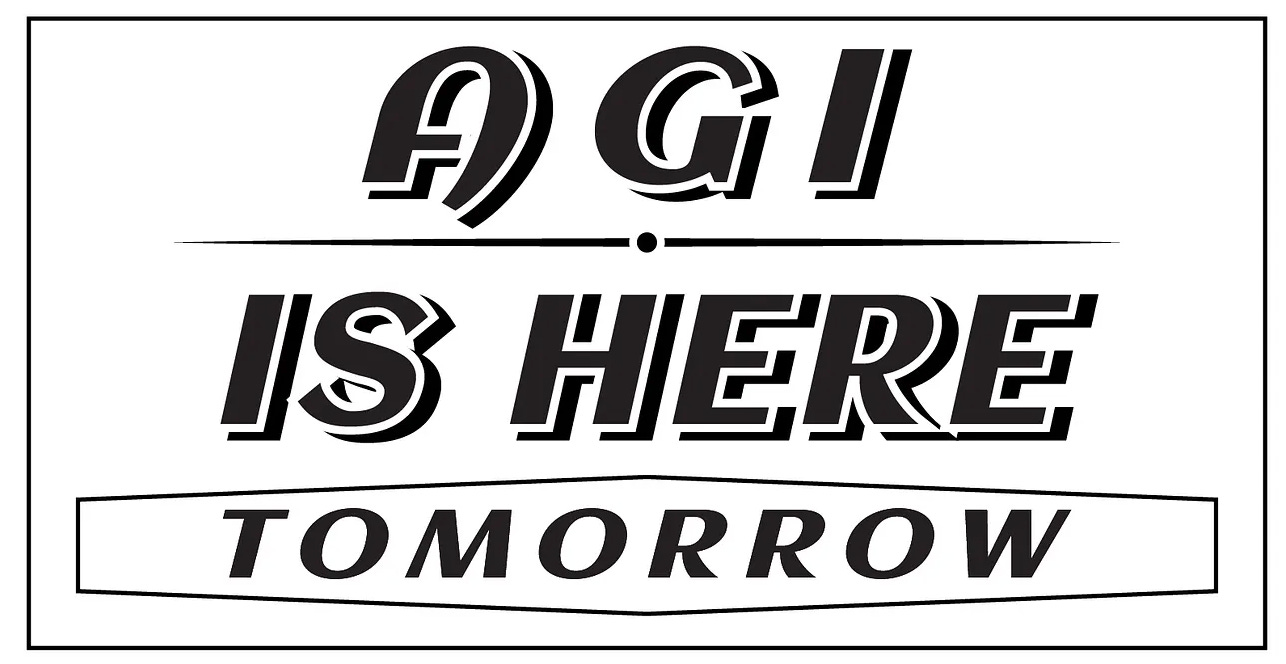
Behind every scientific discovery is a vast team of amazing people who delivered scientific discoveries.
In my field, cognitive science, I stand on the shoulders of greats like Alan Mathison Turing, George Armitage Miller, Robert D. Van Valin, Jr., and my ancestor Michael Faraday. If I hadn’t met Dan Everett, who spent a large part of his life working with the Amazon basin’s Pirahã people, I wouldn’t have found out about humanity’s evolution of language or the famous American genius, Charles S. Peirce. Those ideas are essential inputs in our quest for AI that fully emulates humans.
Today with the sea of information available on most topics, it is valuable to learn what to study in the time available!
Formal Science Problem
In formal science, someone could dream up an approach and then others can try to make it work. In linguistics in the 1930s, the linguist Bloomfield reintroduced the concept of parts of speech as ‘behaviorist’ building blocks for human languages. From that point it was locked into much of America’s linguistic science, continuing as a part of the world-famous Noam Chomsky’s (formal) linguistic model.
Nearly 70 years later, what have we learned? Don’t lock down science until it works!
The formal linguistic model today excludes semantics and context from its rules. When we add them back in however, it immediately enables the emulation of human languages since key elements aren’t factored out.
Science is harder than engineering
Since the 1950s, university and corporate leaders have predicted massive changes in technology. “AI will be solved in 5 to 10 years” - in the 1950s. “Our system understands natural language as people do in any language” - in the 1980s. “Driverless cars will replace human-driven ones in 2 years” - in the mid 2010s. And my favorite: “AGI is here” most recently in partnership with, “We know how to do AGI now.”
If you’re wondering why this last quote is so laughable, ask how that AGI solution will control driverless cars or explain how warp engines work. It won’t. The definition of AGI is now changed to mean whatever is needed to make the claim!
When Elon Musk looked to the stars with SpaceX, he was looking to build a business around an existing market. That’s engineering. When he promised driverless cars about a decade ago, that was science.
When someone aims to get to the nearest star system at some multiple of the speed of light with a warp drive, that’s science.
Our successes in prediction come from solved science. Our failures in prediction come from hopeful engineering without science, sometimes called ‘hopium’.
Engineers can assemble a solution quickly. Experts in science note its slow adoption: (a) science progresses one funeral at a time or (b) science doesn’t progress by persuading scientists of a new model, but instead by teaching the next generation. Waiting 30 years or more for scientific progress may be the norm, but that could be addressed if it were possible to convince scientists to be more open to new ideas that disrupt the present ones.
Engineering Examples
To solve engineering, the use of any scientific principle is allowed.
Creation of rocket powered interplanetary transport
Selection of the most probable words after being given a prompt of characters
Science Examples
To solve science, a model that explains and predicts function is needed. My scientific models are already tested for the last three.
Driverless cars that recognize objects injected into the scene and determine an action in a quarter of a second while using little power
Warp drive for interstellar travel
Star Trek Transportation device (beam me up!)
Android/human-like and animal like robots that move on legs
Lossless knowledge storage using meaning in context from any language
Conversation with a device that understands as a human does
Conversion of speech to text accurately such as for a device controller or conversational partner
AGI is here (tomorrow)
What can you say about the corporate marketing world? They know how to present a positive spin, even when there is no merit in doing it.
Remember the excitement of Theranos who promised cheap analysis of a drop of blood? Or how about Clinkle revolutionizing payments? Or the wework valuation prior to their IPO?
Many of you have heard that AGI, Artificial General Intelligence, is likely to be solved by Large Language Models (LLMs) through the amazing intelligence of generative-AI. But of course that’s only possible by redefining AGI to meet the limitations of today’s popular technologies.
The obvious meaning of AGI would align with our brain in which similar material performs vastly different functions, but that would be harder. That would need science.
Conclusion
Science enables engineering because it explains how things currently work. The next time an executive with an interest in some company’s valuation says that they have a breakthrough, check if it is built on science or on that elusive but popular chemical known as hopium.
Do you want more to read?
If you want to read about the application of brain science to the problems of AI, you can read my latest book, “How to Solve AI with Our Brain: The Final Frontier in Science” to explain the facets of brain science we can apply and why the best analogy today is the brain as a pattern-matcher. The book link is here for Amazon.



